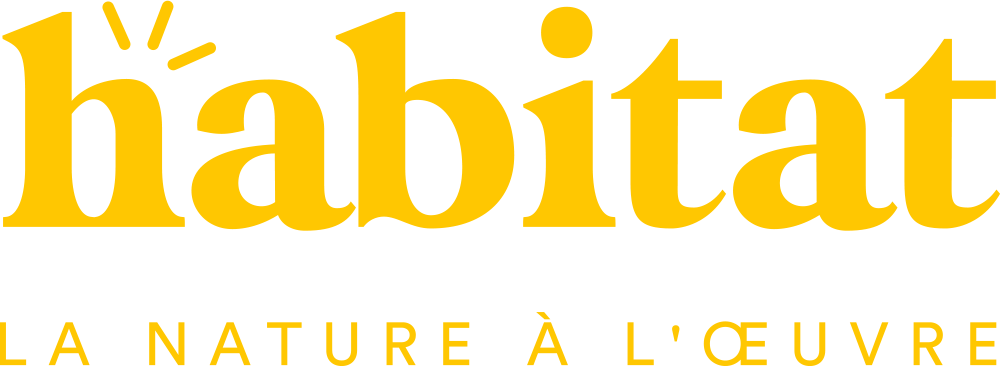Improving the resilience of Candiac's urban forest
Climate forecasts for the Candiac region show an increase in average temperatures of 3°C by 2070, as well as an increase in extreme weather events such as droughts, floods and storms. With a view to adapting to global change, Nature-Action Québec, in collaboration with the City of Candiac, called on Habitat to optimize the management of Candiac's urban forest and better adapt it to present and future threats.
This project was divided into 3 stages:
-
Validation of location and identification of trees already surveyed
Add new street and park trees (geolocation, species identification, estimated health status, etc.).
-
Analysis of species richness and functional diversity
Assessment of their contribution to certain ecosystem services (carbon sequestration and storage, runoff avoidance, air quality improvement)
Study of forest vulnerability to present and future biotic and climatic threats
-
Summary of the urban forest portrait
Urban forest management recommendations to promote urban forest resilience
Functional diversity
Each species has different ecological functions and ways of reacting to stress. They are then grouped by "functional group". The higher the functional diversity, the less vulnerable the forest will be to different stressors (exotic diseases, high winds, etc.).
On the territory of the City of Candiac, more than 83% of urban trees are represented by only 3 functional groups. Candiac's urban forest has an intermediate functional diversity index (6.8/9) and is therefore less resilient to various disturbances, since species from the same functional group will react homogeneously to a given disturbance.
Ecosystem services rendered (for 16,016 trees)
456 tons of CO2 sequestered annually, avoiding damage that would cost the company more than $24,000;
5,782 tonnes of carbon stored annually, avoiding damage that would cost the company more than $1 million;
10,614 m3 of water captured by the trees would otherwise be sent to sewers and wastewater treatment centers, causing flooding and filtration costs of nearly $5,000 per year.
Vulnerability of urban trees
Among biotic threats, insect pests have had and could have adverse effects on the health of over 2/3 of Candiac's urban trees. The two most abundant species in Candiac are silver maple and Norway maple, both of which are highly vulnerable to insect epidemics. Other insects, such as the Asian longhorned beetle, also threaten several hardwood species, and could lead to the death of trees attacked.
Among climatic threats, atmospheric pollution is the greatest! 33% of the trees surveyed are sensitive to it, like the Colorado spruce or the Japanese lilac.
Recommendations for a resilient urban forest
→ Densify the urban canopy, particularly in neighborhoods where heat islands are significant and tree density is lower and therefore the contribution in ecosystem services relatively low compared to the rest of the territory.
→ Increase the functional diversity of the urban forest by prioritizing areas that are most vulnerable and where maples are dominant. Not all maples should be replaced by small trees in order to preserve the ES provided by the canopy.
→ Replace Norway maples at the end of their life cycle, as this invasive species threatens the ecological integrity of nearby natural environments.



